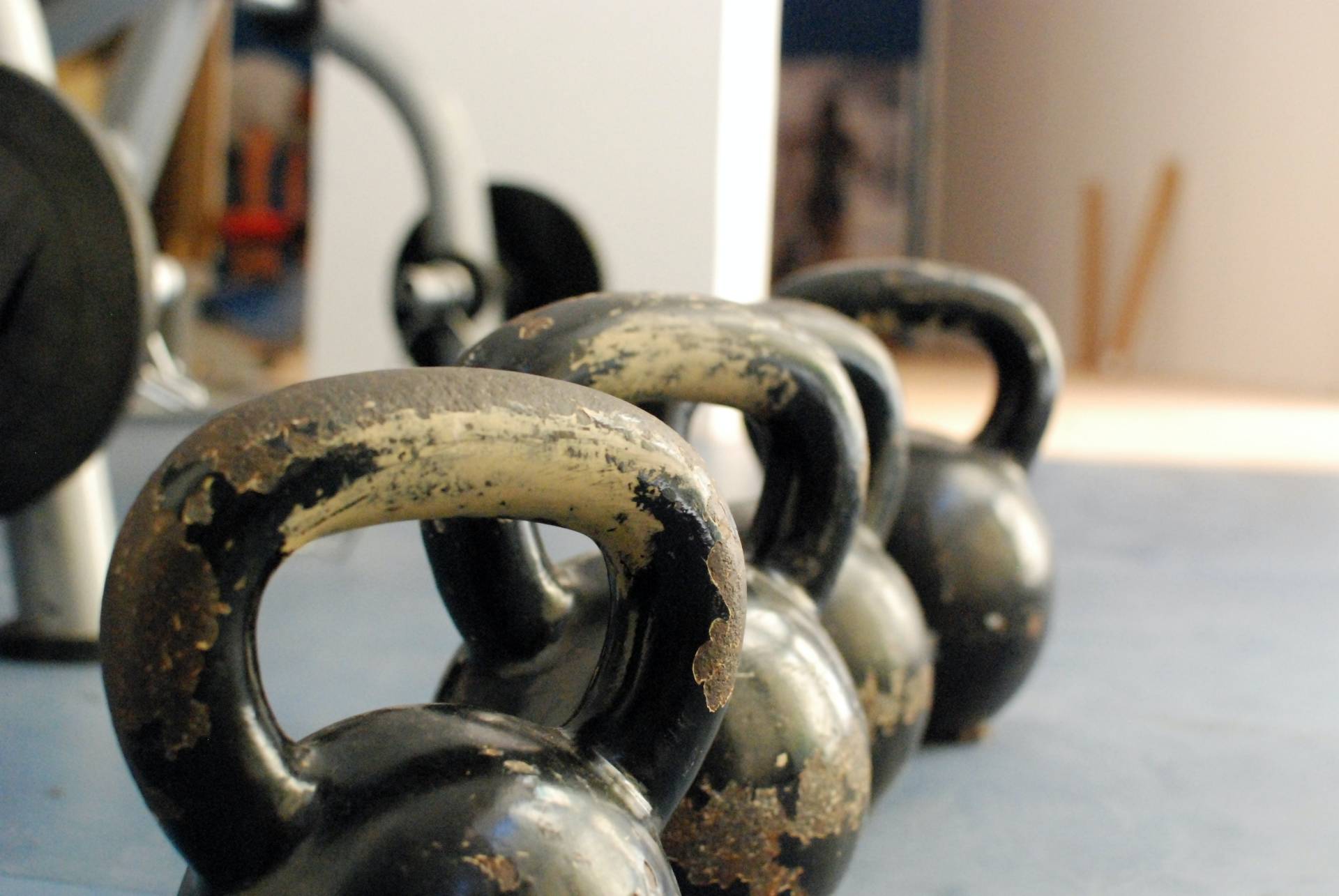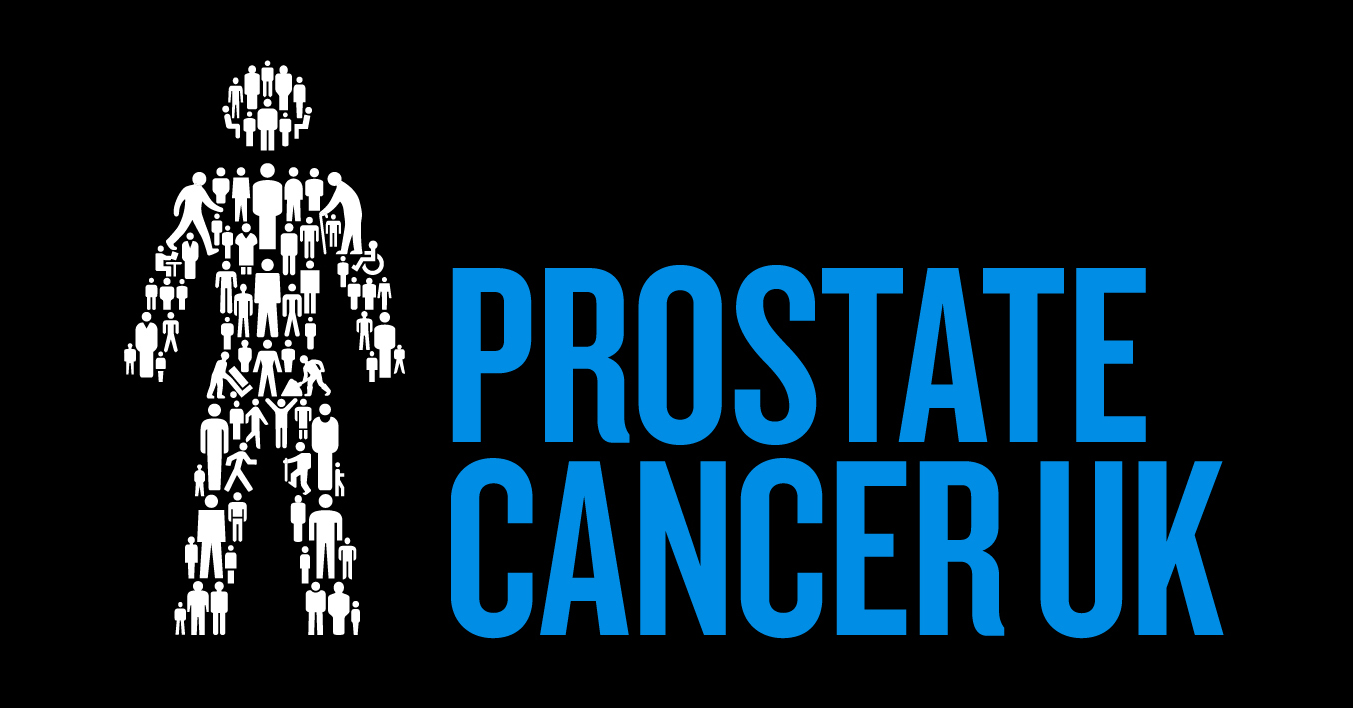The first solution to solving underinsurance is to find out whether your club is underinsured.
At the very least, your insurance should cover the market cost of your club – your sum insured needs to be equal to or greater than the cost of your property as well as the cost of loss of contents. But that isn’t enough. Actually, to avoid underinsurance, you need to take into account the full cost to rebuild and reinstate the premises. This includes: all contents, equipment, building materials, professional fees, outbuildings, debris removal and much more.
So think when was your club last valued, could your club be underinsured?
Costs will change over time – so make sure your valuation is up to date
Inflation is just one of the fluctuating costs to take into consideration. You should also consider any items that might be tricky to replace as the cost of this replacement could be higher than expected.
You should have a maintained inventory of all machinery, equipment and stock stored on your premises and let your insurer know if there are any significant changes that could affect the total you’re insured for.
New regulations and legislations have also come into play. Equipment is now more expensive as newer models will be required by safety regulations, and more eco-friendly materials bumping up costs.
Yet, 82% of businesses haven’t altered or increased their insurance cover, despite the vast majority of businesses identifying new risks as it grows. As a minimum, businesses should arrange a comprehensive building valuation every three years. A professional Chartered Surveyor will be able to help you identify any changes you need to declare. However at Club Insure we recommend arranging a recent revaluation due to the rapid changes in the economy over the last year. If you’ve not had a validation post 2021, this is advised because its more than likely the overall cost of your club has gone up.
What happens if you’re underinsured?
Your Sum Insured is the amount you’re insured for. This takes into account everything – from materials to professional fees. If you have to make a claim and the valuation turns out to be correct.
If, however, the valuation is higher than the Sum Insured, then your insurer will use The Rule of Average to calculate your payout.
Essentially, your insurer will pay your Sum Insured divided by Valuation. You’ll then be left to foot the rest of the bill yourself.
| Club X | Building Sum Insured £750,000 | Reinstatement Valuation £1,875,000 |
Club X suffers a small fire – the loss totals £10,000.
Payment received would be calculated as follows:
£750,000 / £1,875,000 = 40%.
Sum Insured is 40% of the reinstatement valuation so the claim payment would be 40%.
Loss of £10,000 x 40% = £4,000 – policy excess of £250 = £3,750 paid by insurers.
The club will now need to find £6,250 from their own funds to pay for the underinsured element of the claim.
In light of these details, Clubs need to be honest how much money they’d be able to deliver upfront to keep club afloat in a crisis. The answer is most likely not a lot without a significant long-term effect on your club – hence a correct valuation is essential.

What is the Average Waiver Guarantee Clause?
For some of Club Insure’s customers, we have arranged Average Waiver Guarantee Clause.
This means that, if the worst happens and the building suffers loss destruction or damage, the insurer agrees to waive the underinsurance provision. But only if the insured has had a professional building valuation of the reinstatement value within the past three years, providing there hasn’t been structural alterations.
We still do recommend having a building valuation if you haven’t had one post 2021. Clubs should also always alerting us to any changes.
For further expert advice, please contact the Club Insure team.







